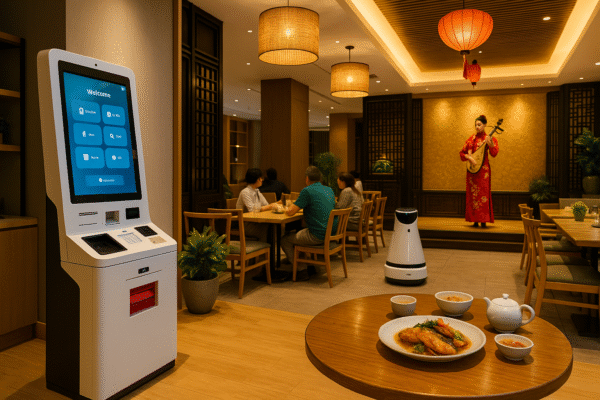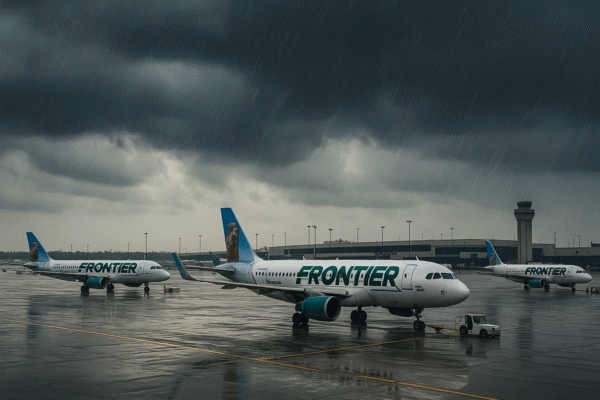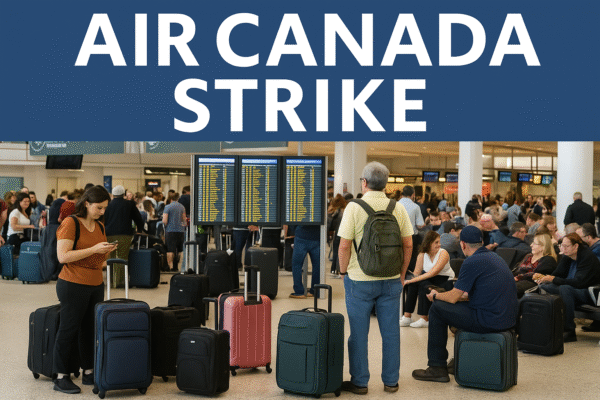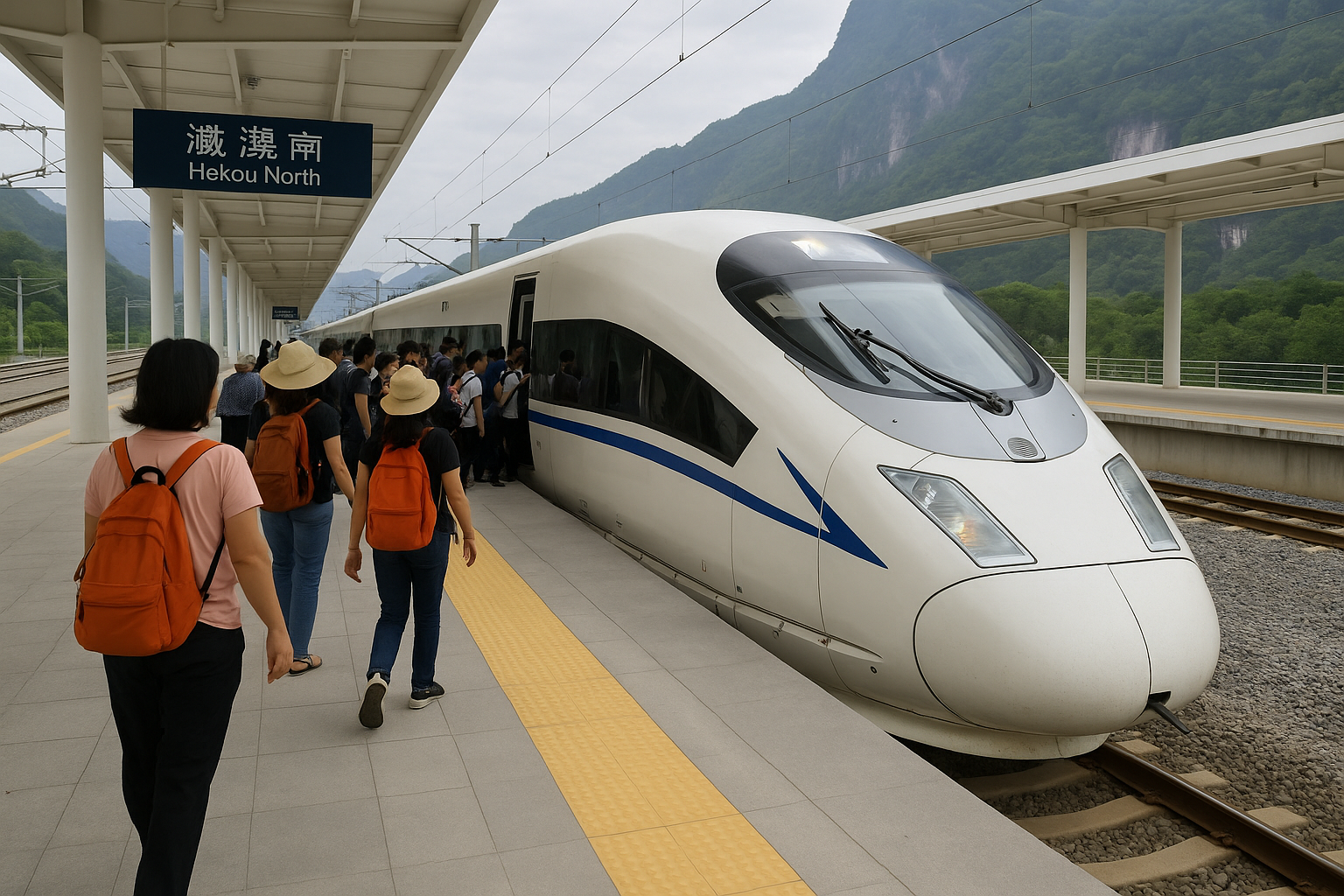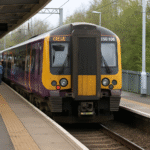Vietnamese tourist arrivals in China’s southwestern Yunnan province have hit a historic milestone in 2025, largely attributed to the expansion of high-speed rail connectivity through the Hekou border gate. This trend is redefining regional travel dynamics, turning once-lengthy border journeys into fast, seamless, and culturally enriching experiences.
According to figures released by Yunnan’s Department of Culture and Tourism, group arrivals from Vietnam via rail surged to a record 27,200 by mid-2025—an impressive 74.68% increase compared to the same period last year. This upward trajectory highlights a growing preference among Vietnamese travelers for rail-based journeys over traditional air or road transport.
High-Speed Rail: The New Tourism Engine
At the core of this transformation is the high-speed rail line that links northern Vietnam with China’s Yunnan province via the Hekou North Station. Located at the heart of the China–Vietnam border, the station now serves as a pivotal tourism and logistics node, ushering in a new era of cross-border mobility.
Yunnan’s strategic investment in rail infrastructure has paid off, with routes like Yumeng, Menghe, and Nimeng significantly slashing travel times and increasing accessibility. These rail corridors connect major cities within Yunnan to the border, allowing Vietnamese tourists to explore popular destinations such as Kunming, Honghe, and Dali with unprecedented ease.
Infrastructure Enhancements Drive Passenger Comfort
To accommodate the surge in rail-bound tourists, Yunnan authorities have ramped up efforts to improve both operational efficiency and the travel experience. Key developments include:
- Increased Frequency: More high-speed train services now operate daily between Hekou and major Yunnan cities.
- Modernized Stations: Upgrades at Hekou North and Honghe stations include enhanced inspection points, wider platforms, and improved passenger lounges.
- Bilingual Signage: In response to the rise in Vietnamese travelers, signage across stations is now offered in both Mandarin and Vietnamese, reducing language barriers.
- Border Coordination: Joint task forces between railway operators and immigration authorities ensure that border formalities are streamlined for group tourists, minimizing wait times.
This focused infrastructure modernization is part of China’s broader regional development plan aimed at boosting tourism, trade, and cultural exchange between Southeast Asia and Yunnan.
Cultural and Economic Synergy
The success of cross-border tourism is not just logistical—it’s deeply cultural. Vietnam and Yunnan share historic and ethnic ties, particularly in border areas where cross-cultural influences span centuries. Shared culinary traditions, language overlaps, and collaborative festivals have deepened bilateral ties.
The high-speed railway serves not just as a transportation mode, but as a symbolic bridge that enhances cultural understanding and people-to-people exchange. Many Vietnamese visitors now prefer the train for family vacations, educational trips, and group tours due to its cost-efficiency, scenic routes, and relaxed travel atmosphere.
According to Vietnam National Administration of Tourism (VNAT), the trend reflects growing economic and diplomatic closeness between Hanoi and Beijing. With trade and tourism flourishing, both governments are encouraging smoother cross-border interactions as part of the ASEAN-China Comprehensive Strategic Partnership.
Future Outlook: Rail at the Heart of Tourism Growth
As demand for high-speed rail travel continues to grow, both China and Vietnam are investing in the future of regional transportation. China’s Belt and Road Initiative (BRI) supports rail connectivity as a key strategy for linking neighboring economies, and Yunnan’s role in this initiative is central.
Plans for further expansion include digital ticketing services for international travelers, automated customs clearance at Hekou, and potential new routes linking Kunming to deeper parts of Vietnam in collaboration with Vietnamese railway partners.
The Chinese Ministry of Culture and Tourism forecasts that Yunnan’s inbound tourism from Vietnam could surpass 60,000 by the end of 2025, thanks to improved travel infrastructure, promotional campaigns, and favorable visa policies.
Travel Tips for Vietnamese Visitors
Travelers planning to visit Yunnan via rail are encouraged to:
- Book in advance during peak travel seasons such as Lunar New Year and National Day holidays.
- Bring valid travel documentation, including necessary visas and health declarations.
- Download bilingual apps for navigation and rail ticketing such as China Railway 12306 or local equivalents.
- Check weather forecasts and railway service updates, especially during monsoon seasons which can affect schedules.
Conclusion
The rise in Vietnamese tourism to Yunnan is a testament to how smart infrastructure, cross-border cooperation, and cultural affinity can jointly boost regional tourism. With the Hekou high-speed rail corridor acting as a lifeline for this travel boom, it’s clear that rail travel has become more than just a journey—it’s a gateway to deeper exploration and connection between China and Vietnam.
As these ties continue to strengthen, the rail tracks between the two nations may soon be seen not only as conduits of tourism, but as a symbol of mutual growth, prosperity, and cultural respect in Asia’s evolving travel landscape.
For more travel news like this, keep reading Global Travel Wire


